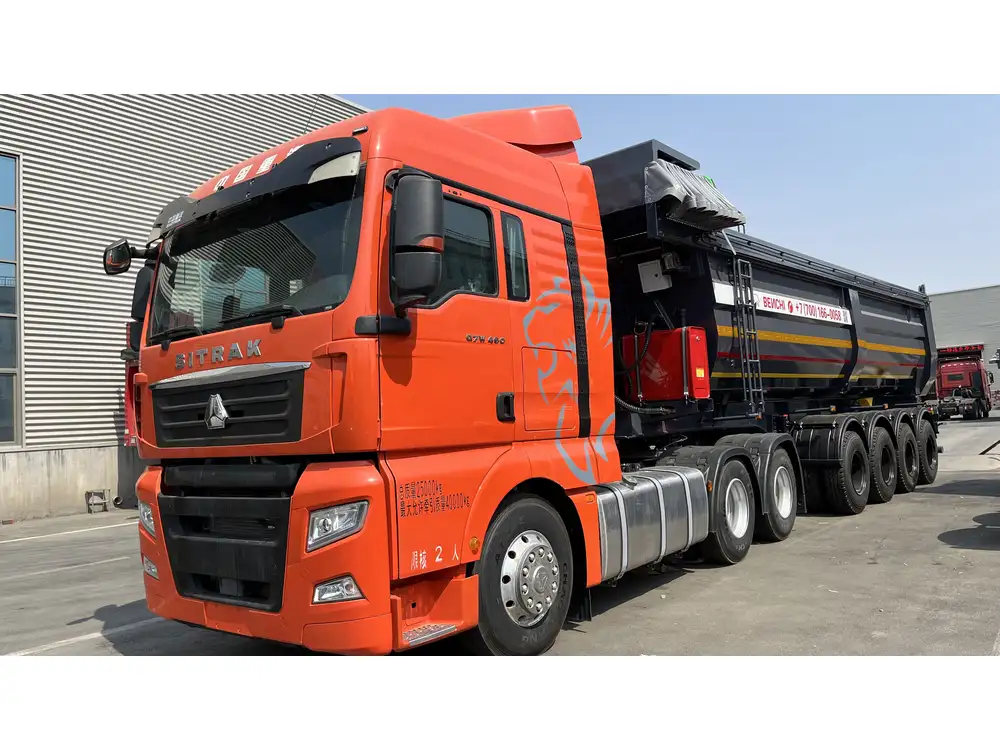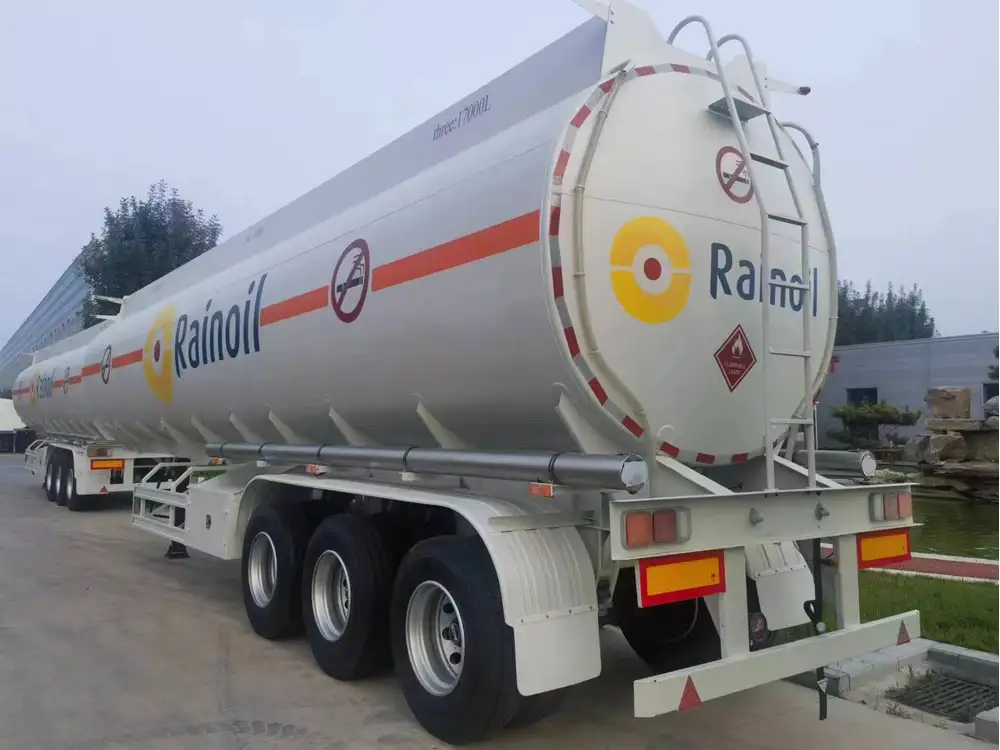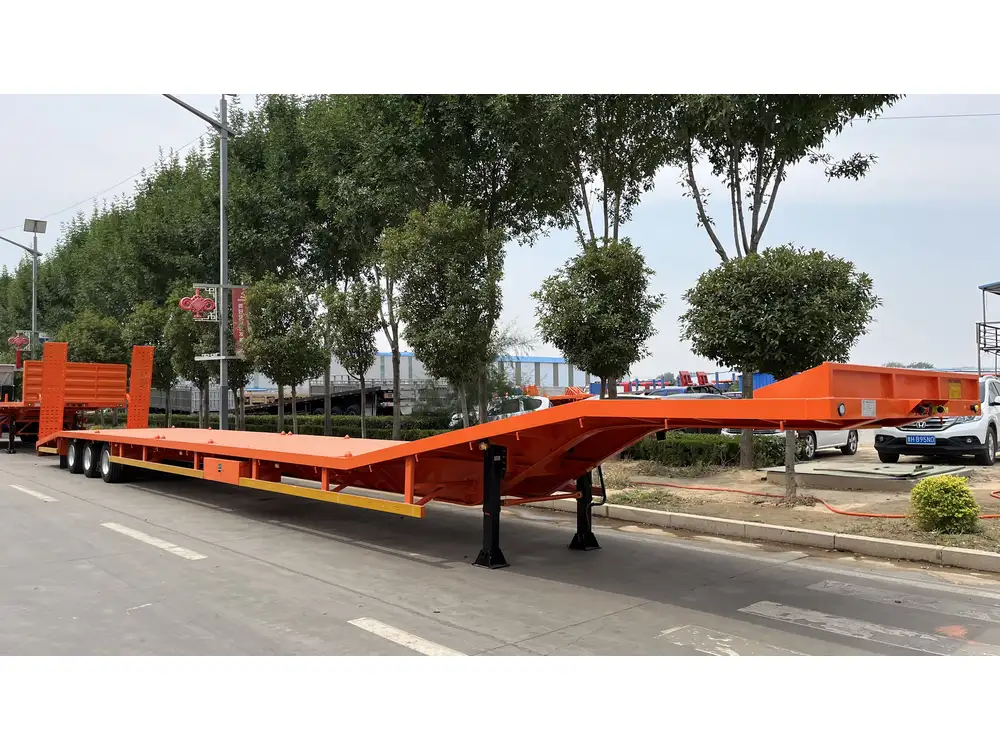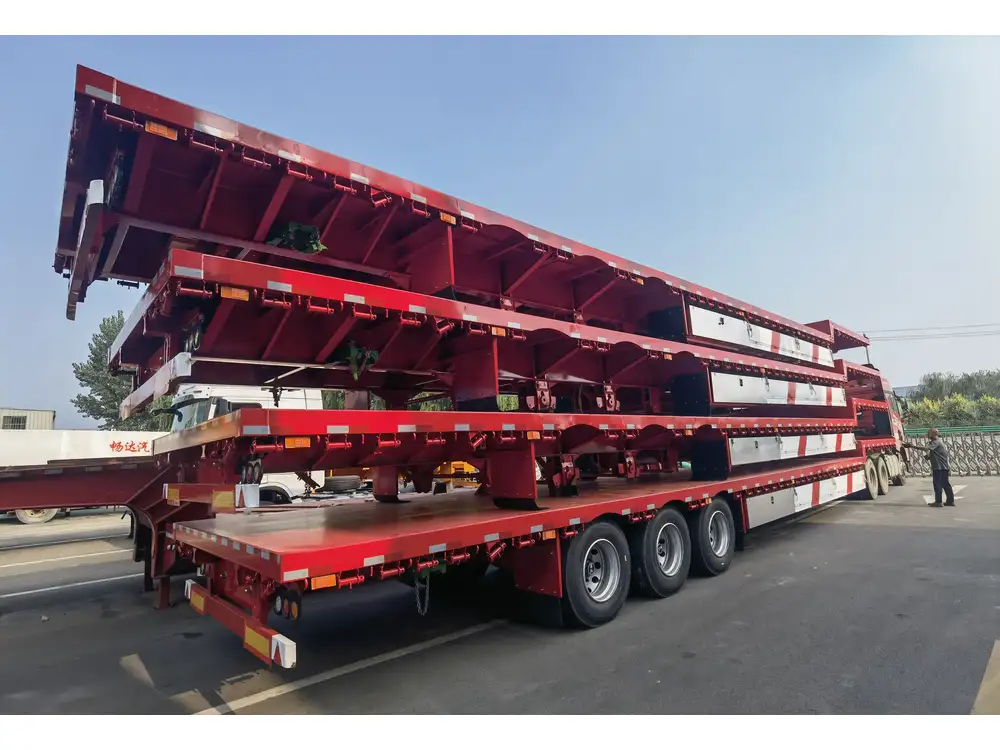Securing a propane tank in your Jayco trailer is essential, not only for safety during travel but also for ensuring that your appliances function correctly. A properly secured tank minimizes the risk of leaks, accidents, or damage from shifting during transit. Below, we delve into the steps, tips, and considerations to keep in mind.
Understanding the Propane System in Your Jayco Trailer
Before diving into securing your propane tank, it’s crucial to understand its components and the safety features integrated within your Jayco trailer.
Components of the Propane System:
- Propane Tank: A pressurized metal container that stores propane.
- Automatic Changeover Regulator: This device automatically switches from the empty tank to the full one, ensuring a continuous gas supply.
- Hoses and Fittings: Connect the propane tank to the trailer’s appliances.
- Shut-off Valve: Installed for safety to prevent gas leaks when the propane is not in use.

Safety Considerations
- Always check the propane system’s integrity before embarking on your journey. Look for signs of wear, rust, or damage.
- Utilize leak detection solutions like soapy water on connections to identify leaks (bubbles indicate a leak).
- Understand that different regions might have specific regulations governing propane use in trailers.
Step-by-Step Guide to Secure Your Propane Tank
Follow these detailed steps to ensure your propane tank is secured effectively in your Jayco trailer:
1. Gather Necessary Tools and Materials
- Wrench: For tightening connections.
- Propane Tank Straps: Ensure they are rated for your tank’s size and weight.
- Locks or Tie-downs: Optional for extra security.
- Leak Detection Soap: To check for leaks after securing.

2. Locate the Propane Storage Area
Jayco trailers typically have a designated storage compartment for propane tanks, often located at the front. Open the compartment and assess its design. Ensure there’s adequate ventilation and that the tank fits snugly within the compartment.
3. Prepare the Propane Tank
- Ensure the tank is in good condition, with no visible damages or rust.
- Check the expiration date on the tank. Replace if it’s past the expiry.
Visual Inspection Checklist:
| Item | Check For |
|---|---|
| Tank Surface | No rust, dents, or corrosion |
| Safety Valve | Properly functioning |
| Pressure Relief Valve | Not blocked, in good condition |
| Connections | Tight fittings without damage |

4. Insert the Propane Tank
Place the propane tank into the compartment with the valve positioned upwards. This is critical for the regulator to function properly and to avoid any gas leakage.
5. Secure with Straps
Using high-quality propane tank straps, secure the tank:
- Wrap the straps around the tank and connect them to the trailer’s securing points, making sure they’re tight but not suffocating the tank.
- Use a wrench to ensure the straps are properly tightened, thus preventing any movement.
6. Utilize Additional Security Measures
- If desired, add padlocks to the securing points to prevent tampering or theft.
- Consider using tie-downs connected to the frame of the trailer for extra precaution.

7. Test for Secure Fit
Gently shake the tank or the trailer to check for movement. There should be minimal to no shifting of the tank within the compartment.
8. Final Leak Check
After securing the tank, apply the leak detection soap to all connections and fittings. Inspect for bubbles:
- No bubbles: Safe to proceed.
- Bubbles appear: Tighten connections and recheck.
Essential Maintenance Tips
Maintaining your propane system is just as crucial as securing it. Here are some essential maintenance tips:

Conduct Regular Inspections
- Check connections monthly to ensure they remain tight and leak-free.
- Inspect the tank for any signs of corrosion or physical damage.
Replace or Refill Propane
- Always refill or replace tanks before taking long trips.
- Follow local guidelines on propane tank disposal and replacement.
Common Problems and Solutions

Problem: Leaking Connections
Solution: If you find your connections leaking, first turn off the gas supply at the shut-off valve, then tighten the fittings using a wrench. If leakage persists, replace damaged hoses or fittings immediately.
Problem: Tank Not Secured Properly
Solution: If you notice shifting during transport, stop the vehicle and recheck the strap tightness. Consider using additional securing methods if necessary.
Problem: Insufficient Propane Supply for Appliances
Solution: Ensure that the propane tank is filled adequately and check for blockages in the gas line. Investigate if the regulator is functioning correctly.

Frequently Asked Questions
Q1: How often should I check my propane tank?
A: Inspect your propane tank and connections monthly, or before any significant trip to ensure safety and functionality.
Q2: Is it safe to travel with a propane tank?
A: Yes, as long as it is properly secured and maintained. Ensure the release valve is closed and that your connections are leak-free.

Q3: Can I modify my propane storage compartment?
A: While certain modifications are permissible, ensure they comply with safety regulations and manufacturer guidelines to prevent hazards.
Q4: Where can I find replacement parts for my Jayco trailer?
A: You can find parts at authorized Jayco dealers or through various online retailers specializing in RV parts.
Conclusion
Securing your propane tank in your Jayco trailer is a fundamental aspect of ensuring both safety and operational efficiency related to your internal appliances. By following these step-by-step instructions, understanding potential issues, and maintaining your propane system, you empower your travels with an added layer of confidence. Regular inspections, proper securing methods, and preventive maintenance are not mere recommendations but essential practices that guarantee a safe and enjoyable journey through your adventures with your Jayco trailer.
Remaining informed and proactive about your equipment allows you to focus more on the experiences rather than worrying about safety. Safe travels!



